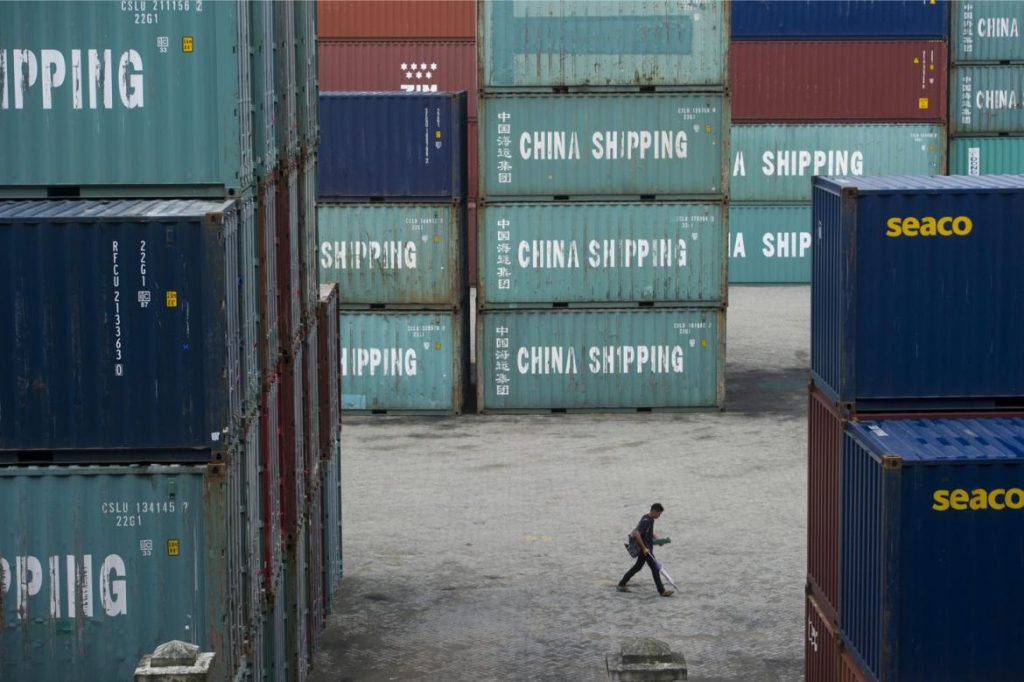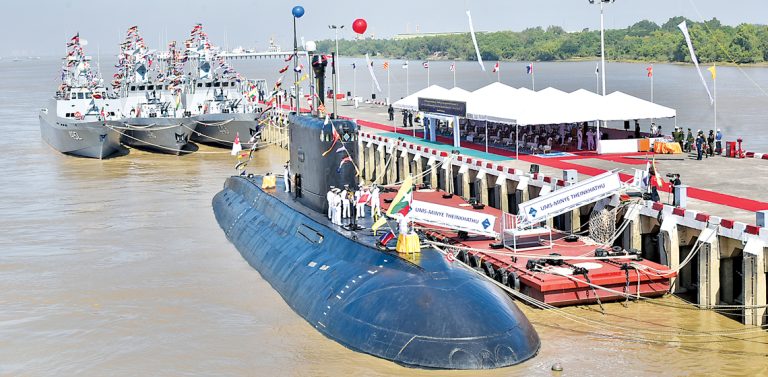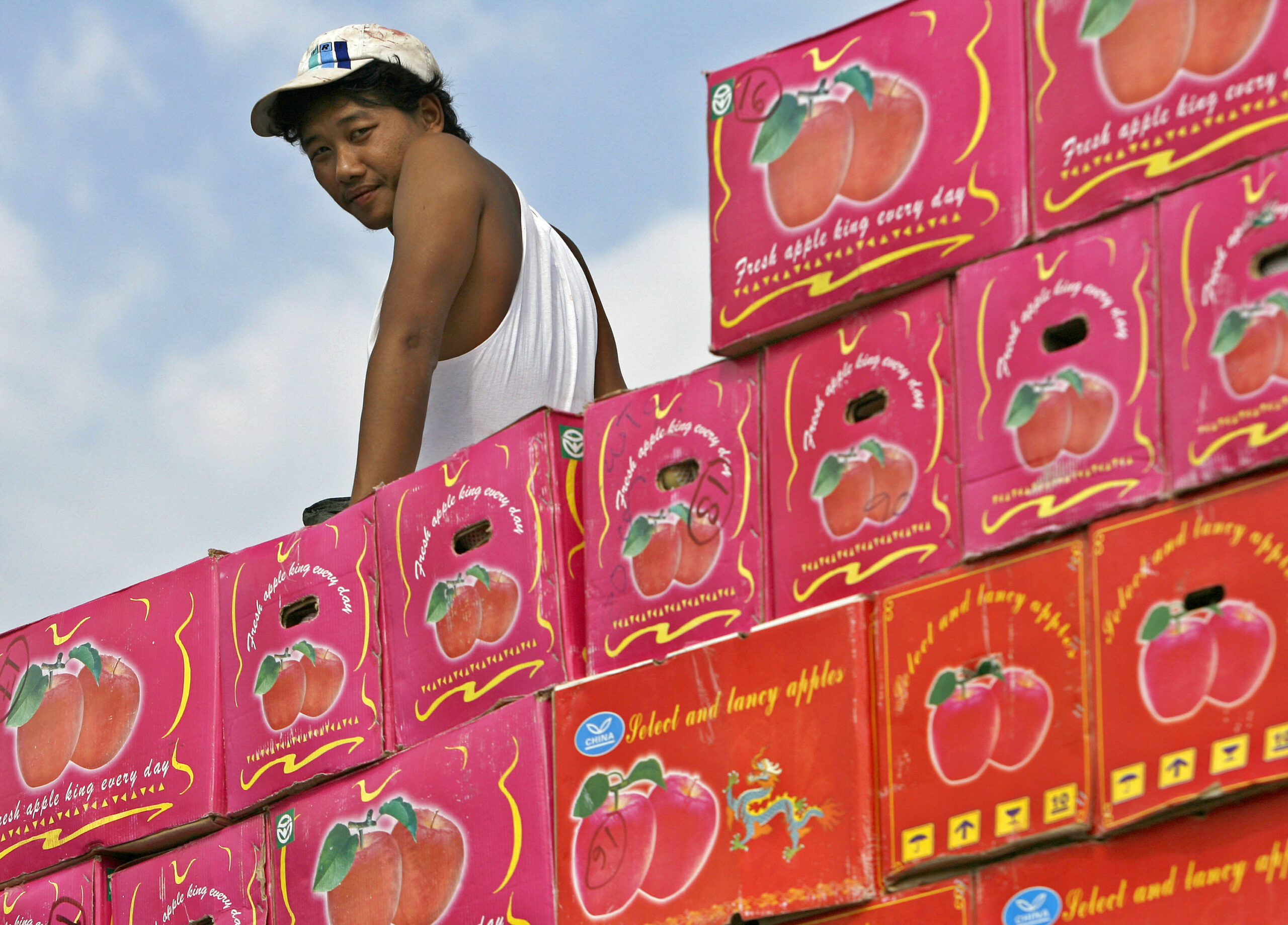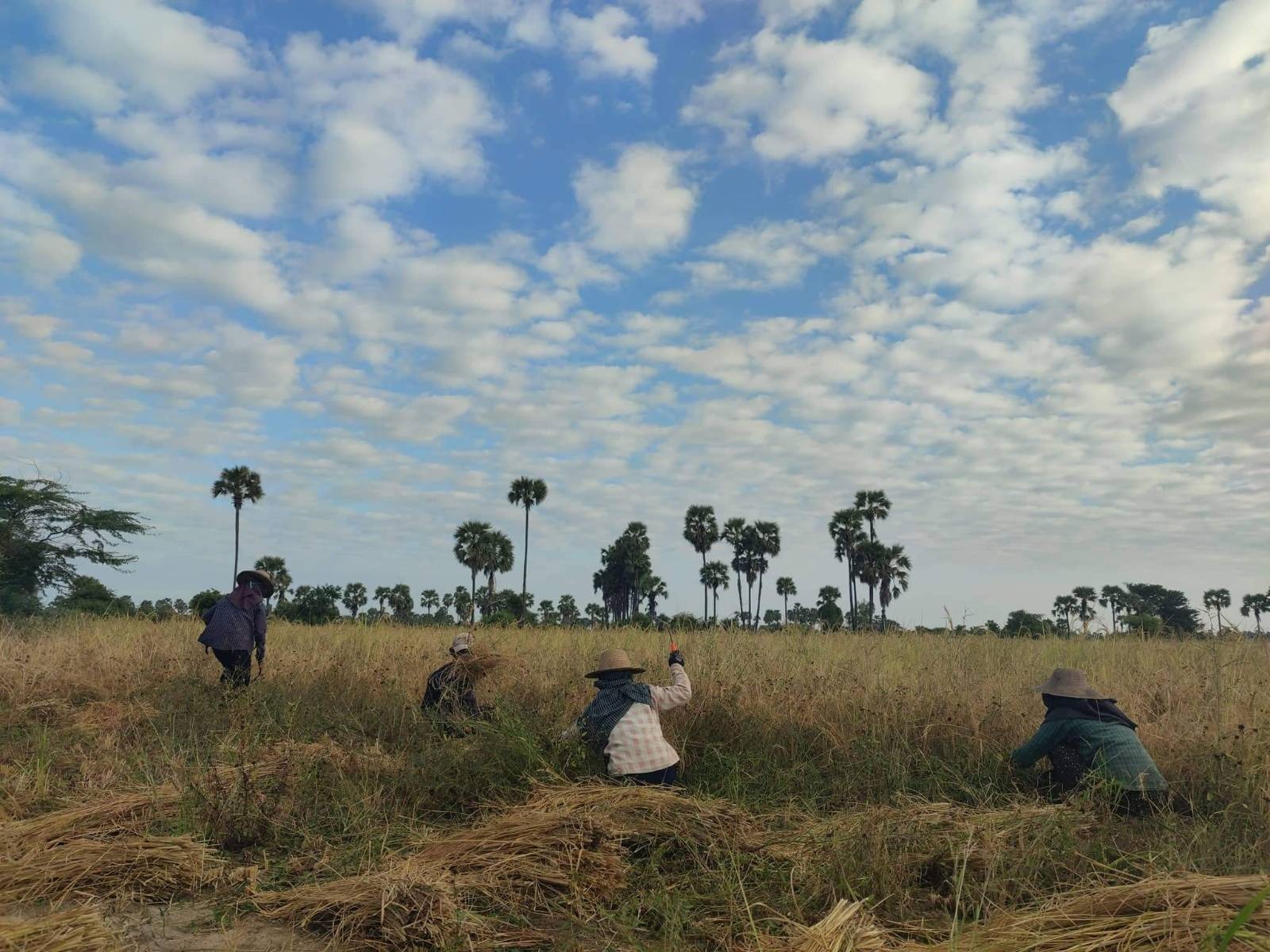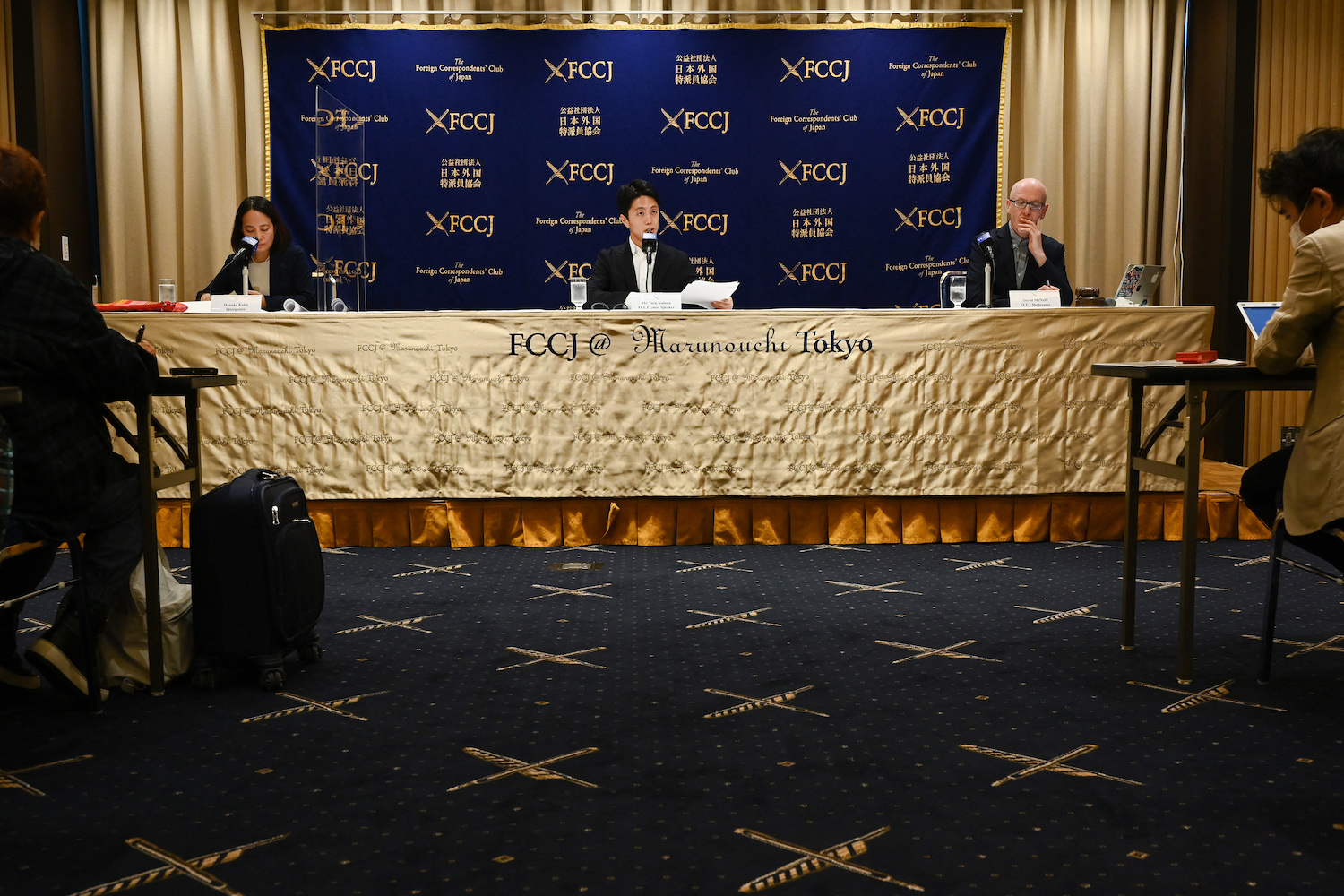Concern about the trade deficit is misplaced as long as Myanmar continues to attract large amounts of foreign direct investment.
One constant refrain we hear is lamentation over the existence, growth, and size of Myanmar’s trade deficit. In December, the Commission of Planning and Financial Development said the trade deficit for the first half of the 2016 fiscal year had risen by 27 percent over the same period the previous year. In fiscal year 2015 the trade deficit was up 88 percent compared to fiscal year 2014. It wasn’t so long ago that Myanmar ran surpluses in its trade balance.
This is bad, right? Deficits imply loss and losses are bad so this must be bad. And the fact it’s growing must mean the situation is deteriorating.
Wrong. The trade deficit has been growing over the same period that the economy has suddenly gone from moribund to vibrant. Is this a coincidence? No. It is normal, natural and healthy for Myanmar as it enters an extended period of above-average growth and catch-up development.
Let’s start with some national accounts basics. The key to understanding trade deficits is that net trade flows must always equal net capital flows.
To import a good from a foreign country there must be a sale of kyat and a purchase of a foreign currency, let’s say dollars. Of course to sell the kyat there must be a buyer and the buyer is someone who wants kyats. Kyats are needed to import goods and services from Myanmar and also to invest in Myanmar. Since there is always a buyer of kyats for every seller, these must balance. In Myanmar’s case, the trade deficit is “paid for” with investment inflows. Investment inflows could be loans or other capital flows but in Myanmar’s case the big change in investment inflows in recent years is a massive increase in foreign direct investment (FDI).
Support more independent journalism like this. Sign up to be a Frontier member.
Thus if XYZ Company invests US$1 billion to buy kyat to build a port, dollars end up in the hands of a currency dealer. Keeping the transaction simple, the port contractor then takes the kyat and converts it back to US$ to buy concrete, cranes and software to build and run the port. Voila! A capital inflow in the form of FDI is transformed into imports that cause a trade deficit.
The question is, which comes first? It is equally correct to say that FDI increases the trade deficit as it is to say that the trade deficit causes a capital account surplus. In fact, the best way to think about it is that neither causes the other and instead it’s domestic economic policy that causes both to balance at a particular monetary level per year. In short, a harsh and unwelcoming stance on FDI and foreign capital would greatly “improve” the trade deficit. Import tariffs on concrete and cranes and software would also “improve” the trade deficit.
Writ large, this constant inflow of investment into Myanmar is driving up the trade deficit. This is a very good thing.
Let’s consider the opposite, a trade surplus. A trade surplus, as Myanmar once generated with ease just 10 years ago, must be balanced with a capital accounts deficit. This means that capital is flowing out of Myanmar to other countries. This describes the former government’s policy that was unwelcoming to capital and so capital flowed out of Myanmar. Could that possibly be good for Myanmar, to lose capital investment? Doubtful.
Let’s not pretend there aren’t unhealthy combinations of trade deficit and capital inflow. For example, an unhealthy combination would be large loans from overseas to the Myanmar government to fund overspending. A great example would be a foreign loan to the government to build an inefficient capital asset such as a little-used bridge built for political reasons (governments don’t do anything unless it has a political benefit) in a politically important state or region.
Nevertheless, Myanmar should expect, and not be afraid, that a robust and welcoming framework for FDI will be highly likely to lead to sustained and potentially rising trade deficits as Myanmar imports productive equipment, such as telecom infrastructure, port facilities and computer software, that will lead to higher production and incomes for the Myanmar people over decades to come.


